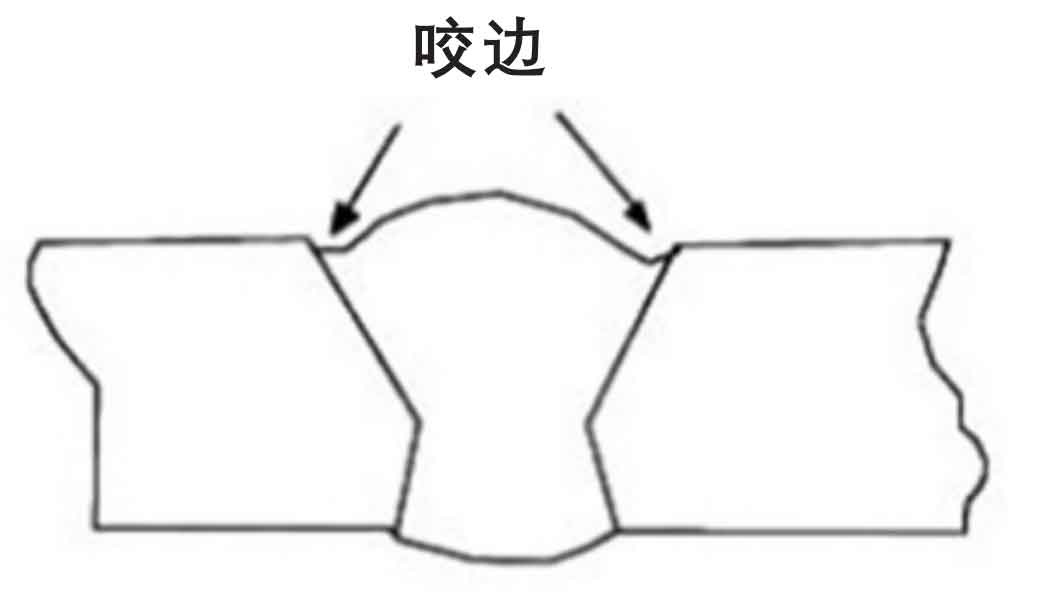Mastering the Art of Welding: Just How to Stay Clear Of Undercut Welding Issues for Flawless Fabrication Results
Effectiveness and precision are extremely important on the planet of welding, where even the least imperfection can compromise the architectural honesty of a fabricated item. One usual obstacle that welders face is undercutting, a flaw that can lead and compromise a weld joint to costly rework. By understanding the source of undercut welding and carrying out reliable strategies to avoid it, welders can raise their craft to new levels of excellence (Preventing weld undercut). In the quest of flawless manufacture results, grasping the art of welding to avoid undercut problems is not simply an ability however a requirement for those aiming for excellence in their work.
Recognizing Undercut Welding

To stop undercut welding, welders must guarantee proper welding specifications, such as readjusting the current, voltage, traveling speed, and keeping the correct electrode angle. Furthermore, using the appropriate welding strategy for the certain joint setup is important. Employing weaving activities or backstepping methods can aid ensure correct weld metal deposition and minimize the likelihood of undercut formation. Routine examination of welds during and after the welding process is additionally vital to catch any kind of undercut very early and make needed changes to stop further defects. Preventing weld undercut. By understanding the reasons of undercut welding and applying preventive measures, welders can achieve top quality, structurally audio welds.
Root Causes Of Undercut in Welding
Recognizing the elements that add to undercut in welding is necessary for welders to generate high-grade, structurally sound welds. Inadequate welding present or inaccurate welding speed can likewise contribute to damage. Recognizing these causes and implementing appropriate welding techniques can help protect against undercutting concerns, making certain durable and strong welds.
Techniques to Prevent Undercutting

To get redirected here mitigate the risk of damaging in welding, welders can utilize strategic welding strategies intended at enhancing the top quality and stability of the weld joints. Furthermore, utilizing the right welding method for the specific joint arrangement, such as weave or stringer grains, can contribute to decreasing damaging.
Using back-step welding techniques and managing the weld grain account can also aid distribute heat uniformly and lessen the threat of undercut. Routine examination of the weld joint throughout and after welding, as well as implementing high quality assurance actions, can aid in finding and addressing undercutting concerns promptly.
Significance of Appropriate Welding Specifications
Choosing and keeping appropriate welding parameters is important for achieving successful welds with minimal flaws. Welding specifications describe variables such as voltage, present, travel speed, electrode angle, and securing gas circulation price that directly influence the welding procedure. These criteria have to be carefully changed based on the kind of material being welded, its density, and the welding technique used.
Correct welding specifications make sure the correct amount of warm is applied to melt the base metals and filler material evenly. If the specifications are established as well high, it can result in excessive heat input, creating burn-through, spatter, or distortion. On the other hand, if the parameters are as well reduced, incomplete blend, absence of penetration, or damaging may occur.
Top Quality Guarantee in Welding Operations
Conclusion
Finally, grasping the art of welding requires a detailed understanding of undercut welding, its reasons, and techniques to prevent it. By ensuring correct welding criteria and carrying out quality control techniques, remarkable construction results can be achieved. It is important for welders to regularly pursue excellence in their welding procedures to prevent undercut issues and create top notch welds.
Undercut welding, a typical problem in welding procedures, happens when the weld metal doesn't correctly fill the groove and leaves a groove or clinical depression along the welded joint.To prevent undercut welding, welders ought to ensure correct welding specifications, such as go to this website adjusting the existing, voltage, travel rate, and keeping the right electrode angle. Inadequate welding wrong or present welding speed can additionally contribute to damage.To reduce the threat of undercutting in welding, welders can use tactical welding techniques intended at improving the top quality and honesty of the weld joints.In verdict, understanding the art of welding requires a thorough understanding of undercut welding, its reasons, and techniques to avoid it.